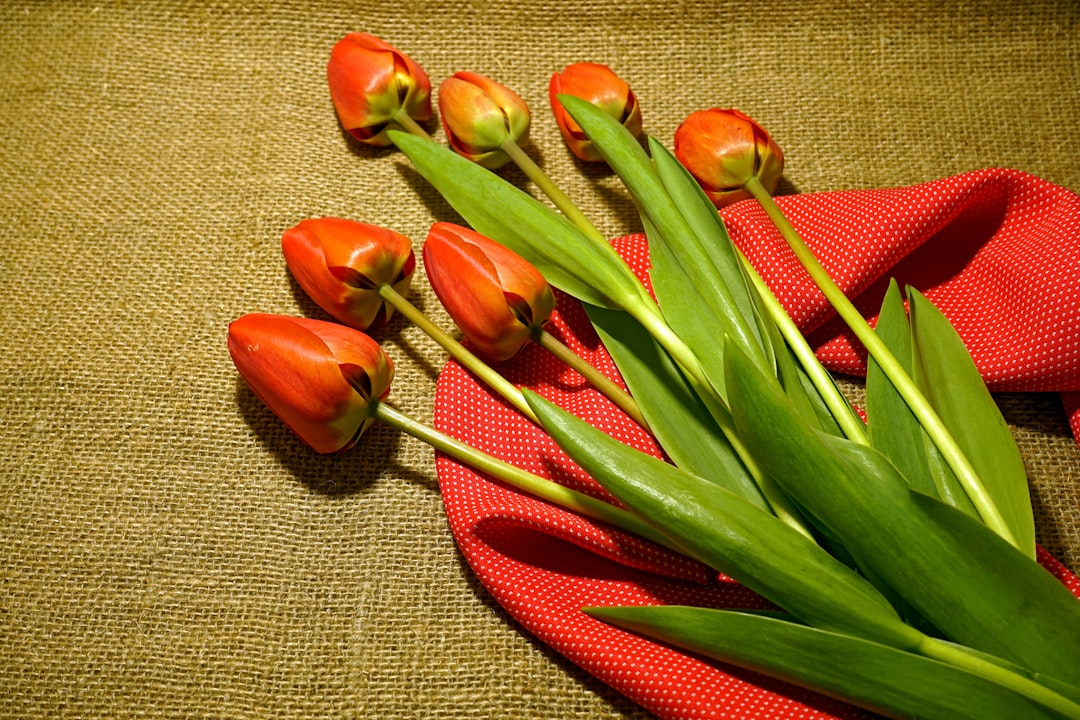The Secret to Thriving Mini - Succulents Indoors

Indoor gardening has witnessed a remarkable surge in popularity, and mini - succulents have emerged as the darlings of this trend. These petite plants, with their unique shapes and vibrant colors, bring a touch of nature and charm into our living spaces. However, to keep these little green wonders healthy and looking adorable, a bit of know - how is required. Here are some essential indoor gardening tips for your mini - succulents.
1. Light Requirements
Light is the lifeblood of succulents. Mini - succulents thrive in bright, indirect light. A south - or east - facing window is often an ideal spot. If you don't have a window with sufficient light, you can also use artificial grow lights. LED grow lights are a great option as they consume less energy and can be adjusted to provide the right spectrum of light for your succulents. Place the lights about 6 - 12 inches above the plants and keep them on for 10 - 14 hours a day. But be careful not to expose them to direct sunlight for too long, especially during the hottest part of the day, as this can cause sunburn and damage the delicate leaves of the mini - succulents.
2. Watering Wisely
One of the most common mistakes in succulent care is over - watering. Mini - succulents are adapted to arid conditions and store water in their leaves and stems. They prefer a 'soak and dry' method. Water the soil thoroughly until water drains out of the bottom of the pot, and then wait until the soil is completely dry before watering again. The frequency of watering depends on various factors such as the size of the pot, the type of soil, and the environmental conditions. In general, during the growing season (spring and summer), you may need to water every 1 - 2 weeks, while in the dormant season (fall and winter), watering can be reduced to once a month or even less.
3. Choosing the Right Soil
Well - draining soil is crucial for the health of mini - succulents. A good succulent soil mix should be porous and allow water to pass through quickly. You can buy a pre - made succulent soil mix from a garden center, or you can make your own by combining regular potting soil with perlite, pumice, or coarse sand. The ratio of potting soil to the drainage material can be around 1:1. This type of soil helps prevent the roots from sitting in water, which can lead to root rot.
4. Pot Selection
The choice of pot also plays an important role. Mini - succulents should be planted in pots with drainage holes. This allows excess water to escape and prevents waterlogging. The size of the pot should be appropriate for the size of the plant. A pot that is too large can hold too much moisture, while a pot that is too small may restrict the growth of the roots. Terracotta pots are a popular choice as they are porous and allow the soil to dry out more quickly.
5. Fertilizing
While mini - succulents don't require a lot of fertilizer, a little boost can help them grow and stay healthy. Use a balanced, water - soluble fertilizer formulated for succulents. Dilute the fertilizer to half or a quarter of the recommended strength and apply it during the growing season. Over - fertilizing can cause the plants to grow too quickly and become weak and leggy. So, it's important to follow the instructions on the fertilizer package carefully.
6. Pruning and Propagation
Pruning is not only a way to keep your mini - succulents looking neat but also to encourage new growth. You can remove any dead or damaged leaves with a clean, sharp pair of scissors or pruning shears. Additionally, succulents are easy to propagate. You can take leaf or stem cuttings and let them dry for a few days until a callus forms. Then, plant the cuttings in well - draining soil and keep them slightly moist until they root. This is a great way to expand your succulent collection or share plants with friends.
7. Pest and Disease Control
Although mini - succulents are relatively resistant to pests and diseases, they can still be affected by common problems such as mealybugs, aphids, and root rot. Regularly inspect your plants for any signs of pests or diseases. If you notice pests, you can use a cotton swab dipped in rubbing alcohol to wipe them off. For more severe infestations, you may need to use an insecticidal soap or neem oil. To prevent root rot, make sure to follow the proper watering and soil - selection guidelines.
In conclusion, with the right care and attention, your mini - succulents can thrive indoors and continue to bring joy and beauty to your home. By providing them with the right amount of light, water, soil, and nutrients, and by taking preventive measures against pests and diseases, you can ensure that your mini - succulents remain healthy and adorable for years to come.